In soft ground improvement projects, high-pressure jet grouting pile drilling is a critical process to ensure pile foundation quality. However, during actual construction, high-pressure jet grouting pile drilling often faces challenges such as difficult casing penetration and deviation, requiring targeted measures to ensure construction accuracy.
1. Main Causes of Deviation in High-Pressure Jet Grouting Pile Drilling
The quality of high-pressure jet grouting pile drilling is affected by multiple factors:
1. Unleveled ground leading to unstable drilling rig installation (accounts for 65% of incidents)
2. Underground obstacles hindering drill pipe penetration (e.g., construction debris, cable trenches)
3. Drill pipe verticality exceeding the 1.5% technical standard
4. These factors significantly reduce the pass rate of high-pressure jet grouting pile drilling
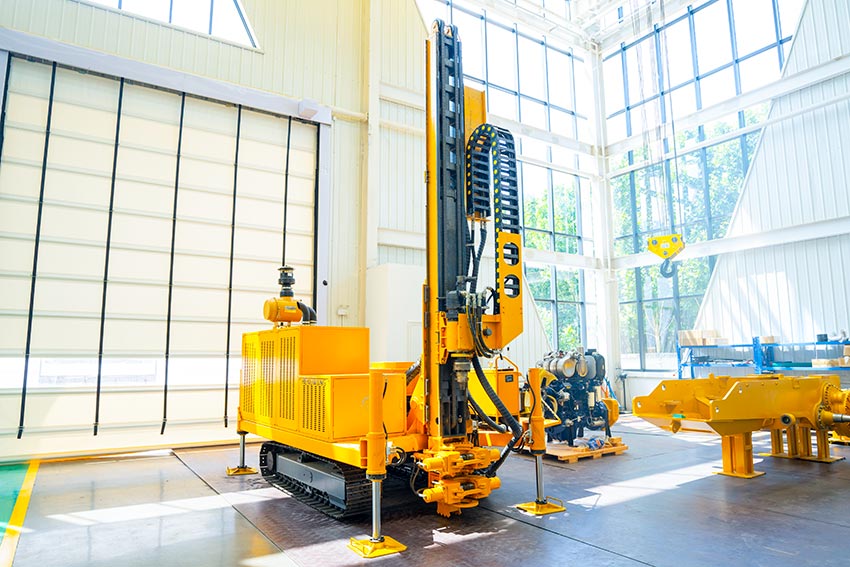
2. Key Preventive Measures
Effective methods to improve high-pressure jet grouting pile drilling accuracy:
1. Pre-construction survey: Conduct probe drilling to detect obstacles within 3 meters underground
2. Ground treatment: Lay steel plates or concrete pads to ensure rig leveling
3. Real-time monitoring: Check drill pipe verticality every 2 meters (control within 0.3%)
4. Process optimization: Use side-nozzle spray heads to reduce grout leakage
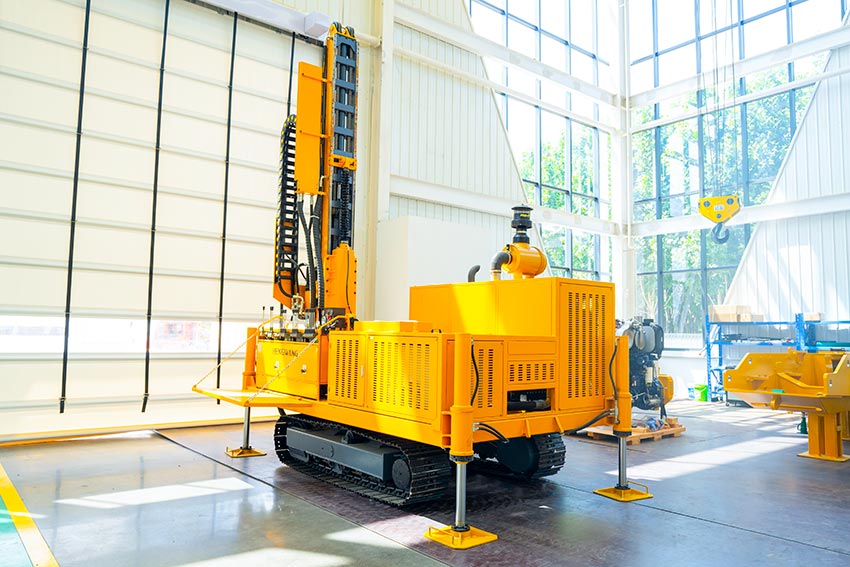
3. Solutions for Deviation Incidents
When deviation occurs during high-pressure jet grouting pile drilling:
1. Immediately stop drilling and backfill the hole
2. Recalibrate rig leveling
3. Adjust injection pressure (recommended 20-30MPa)
4. Reject piles with deviation exceeding 2%

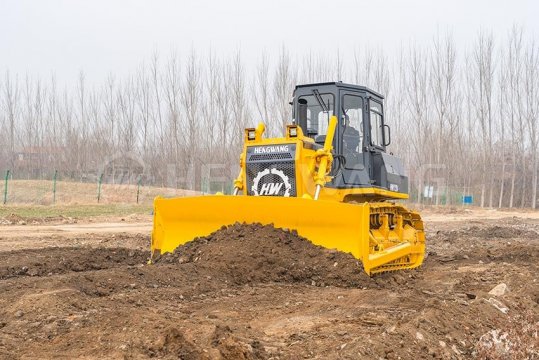 Bulldozer Blade Types: Core Configuration for Adapting to Different Operating Scenarios
Bulldozer Blade Types: Core Configuration for Adapting to Different Operating Scenarios
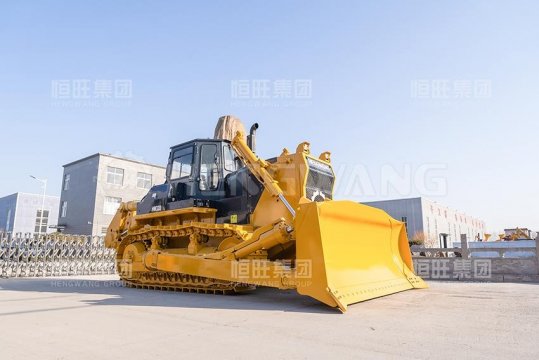 Swamp bulldozer: An Efficient Solution for Operations in Muddy Environments
Swamp bulldozer: An Efficient Solution for Operations in Muddy Environments
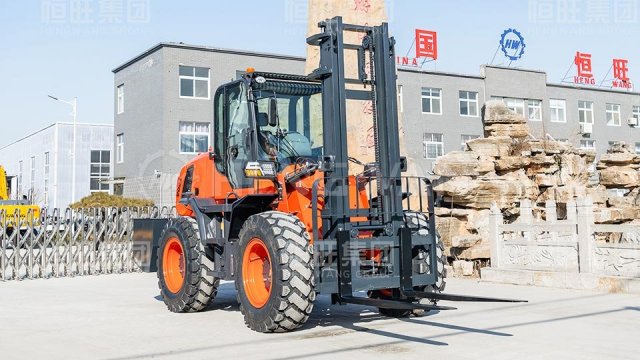 Rough terrain forklift with highest load capacity: A High-performance Solution for Heavy-duty Outdoor Operations
Rough terrain forklift with highest load capacity: A High-performance Solution for Heavy-duty Outdoor Operations